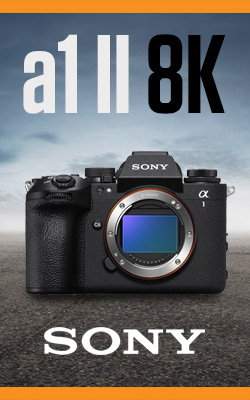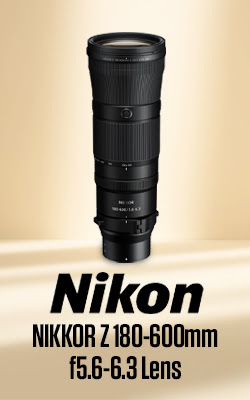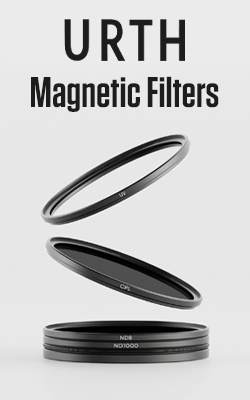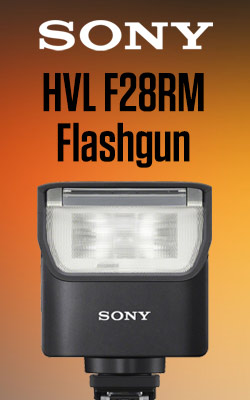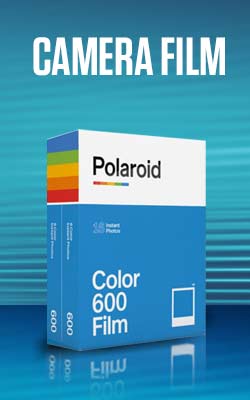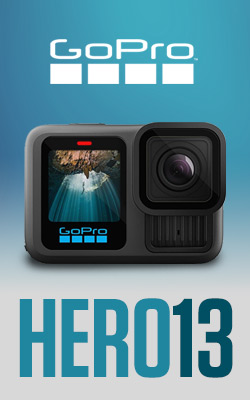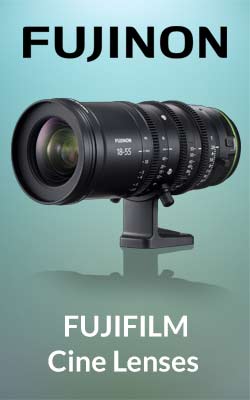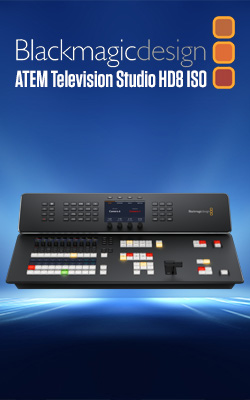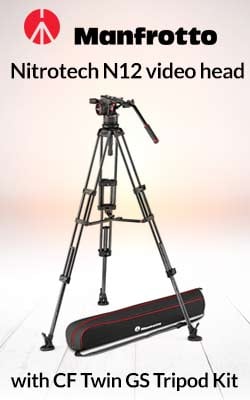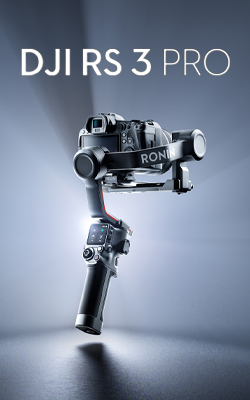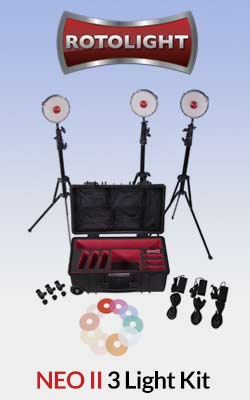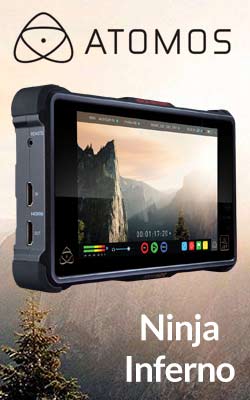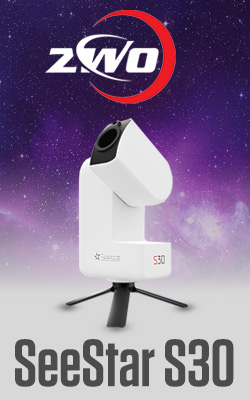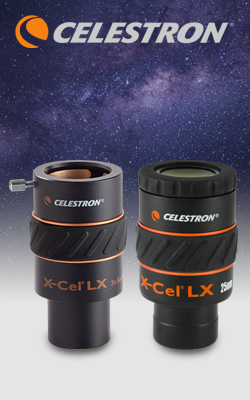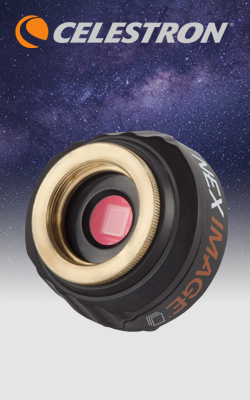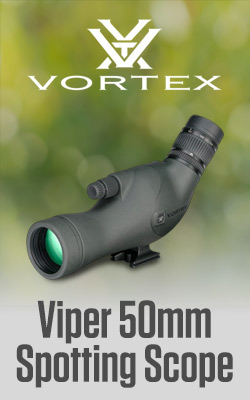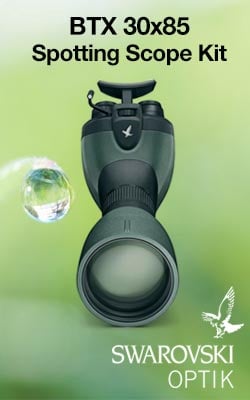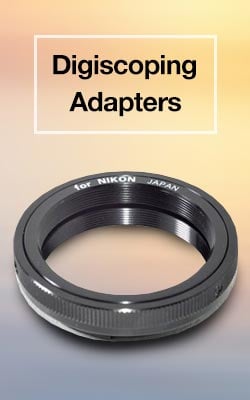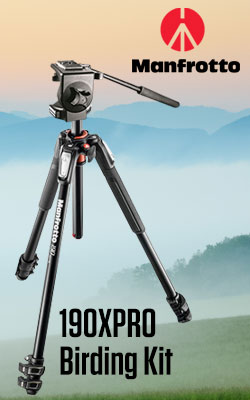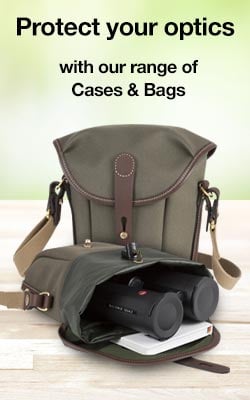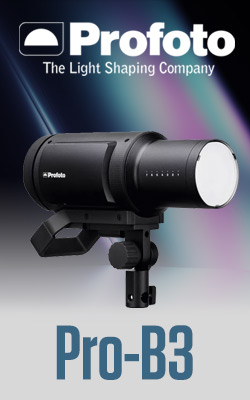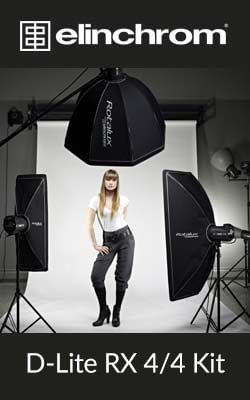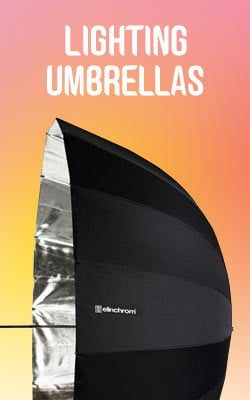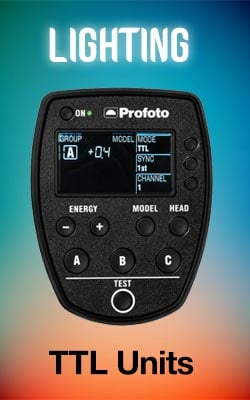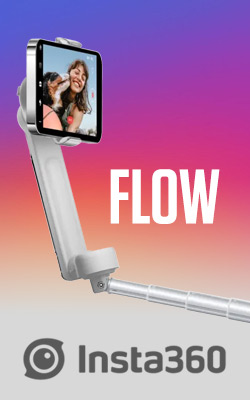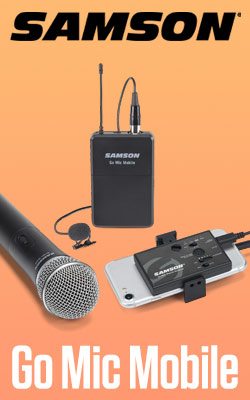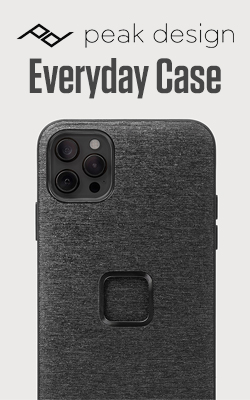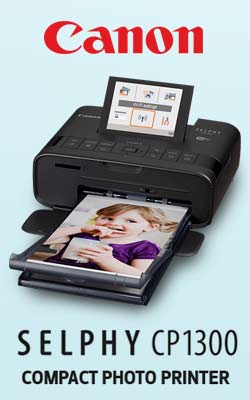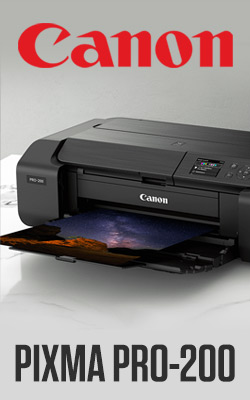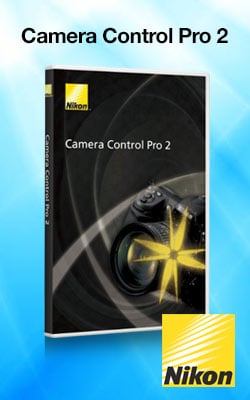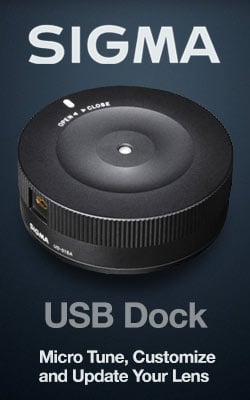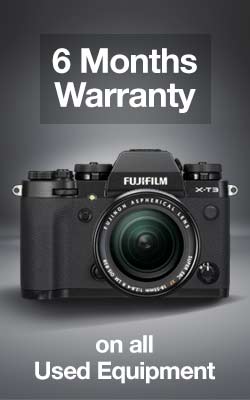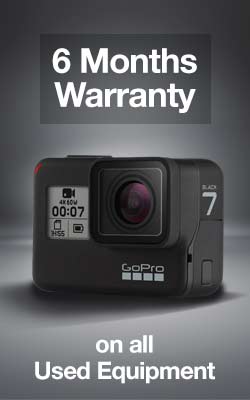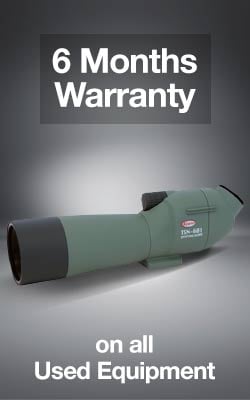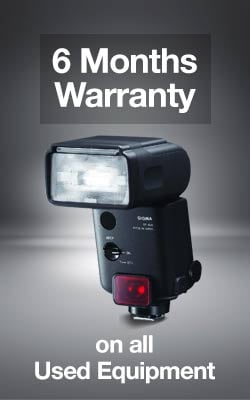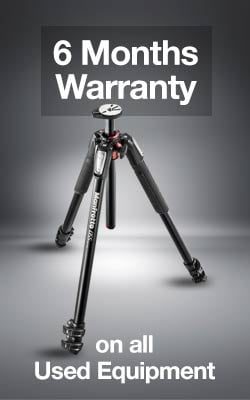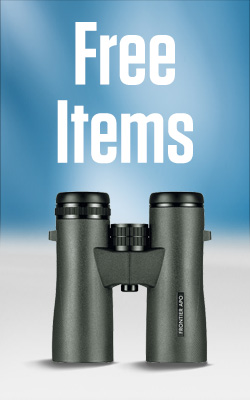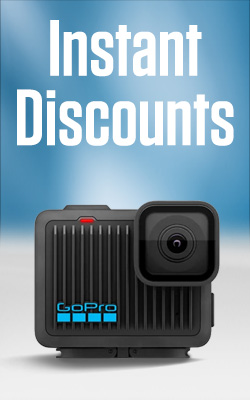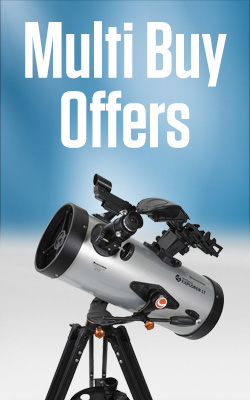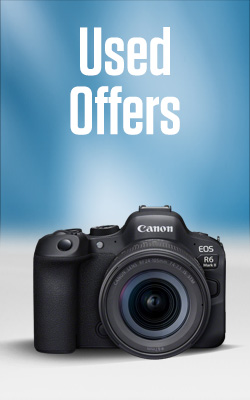An Essential Guide to Metering Systems
All of photography ultimately boils down to light. The exposure of a photograph can make or break an image. Your camera’s metering system is the way it measures the amount of light entering the camera through the lens. It only picks up reflected light, not the actual light that is falling on the scene (unless you have an incident light meter in the scene). Your camera assesses this reflected light, then sends information that ultimately dictates exposure settings such as shutter speed and aperture.
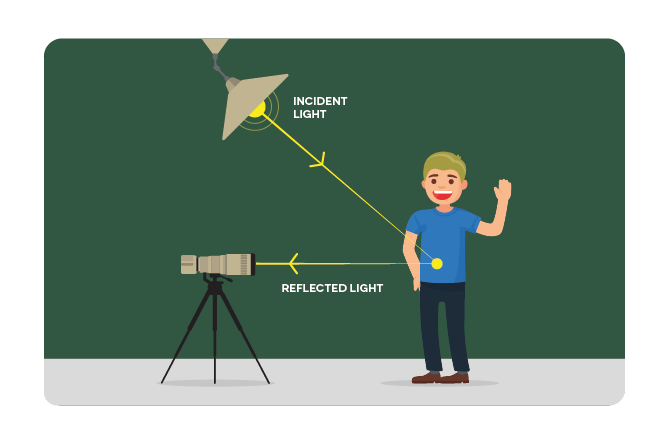
Ultimately, metering serves as a guide for exposure settings and, like with any guide, you can alter or disregard it for more creative shots. Because you’re only measuring reflected light, you may also need to manually adjust anyway – as shooting reflective, bright surfaces like snow can skew an image. Your camera has distinct metering modes to try and cope with changeable lighting, but knowing how to use them can be complicated.
Luckily, we’ve broken down the types of metering available and how they affect your image:
Matrix/evaluative metering
Matrix or evaluative metering, depending on which brand of DSLR you’re using, is the default mode and measures light across the entire frame of the viewfinder. It aims to present a more even exposure based on the entire scene. The image is broken down into small zones, which is then combined to form a better choice for exposure.
Advances in technology mean that a camera using this mode can often grasp the most important sections of an image and therefore compensate for things like the sun making everything else too dark.
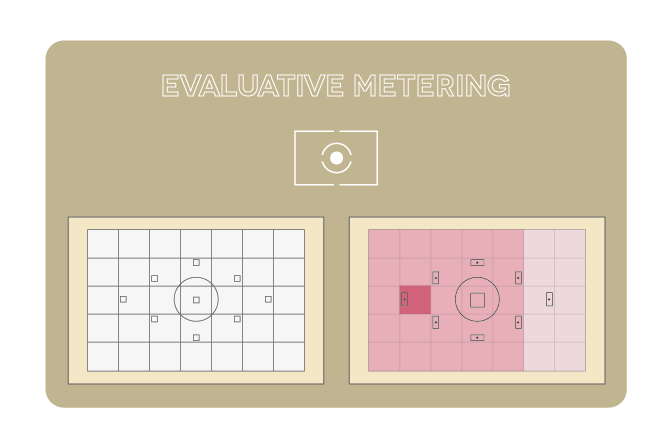
However, evaluative metering also puts bias on the autofocus point you’ve selected. This can affect the final look, depending on where you’re focusing.
Best for: Evaluative/matrix metering is the best choice for most general photography. When a scene is evenly lit and you need to capture shots quickly, there’s no better mode to use. It’s essentially the fire and forget metering system.
Centre-weighted metering
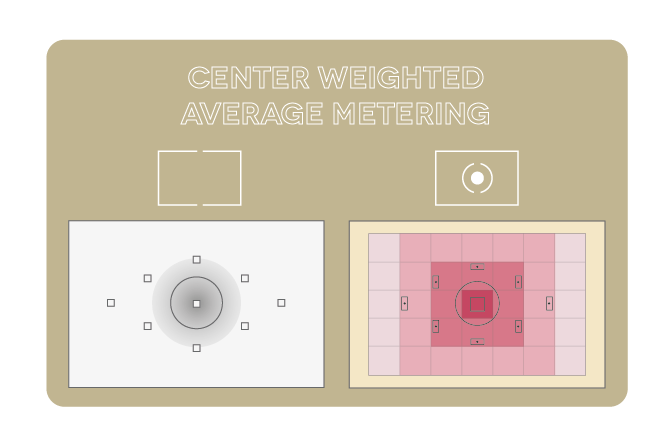
Centre-weighted metering places the importance on the light coming from the centre of the frame. However, this isn’t the same as spot metering — a measurement of a small part of a scene. Instead, centre-weighted metering takes around 60-80% of the importance from quite a large circle in the centre of the screen. Essentially this means the camera measures the light across the entire frame, but biases the centre point. It doesn’t use the focus point, like with matrix/evaluative metering.
Best for: Portraits typically benefit from centre-weighted metering, as it typically gives weigh to the subject and doesn’t give much to the background. Because it doesn’t give much weight to backgrounds, it’s very useful when your subject is heavily backlit. Centre-weighted metering doesn’t have automatic exposure compensation, however, so you’ll need to manually compensate to get the perfect settings.
Spot metering
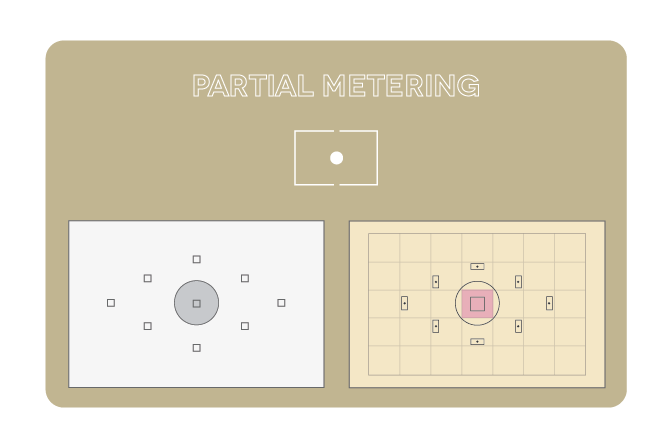
Spot metering is a great way to isolate your subject. It’s a mode that sets a small area of focus for your metering – measuring the intensity of light over the circular area in the centre of the viewfinder. From this, the average is calculated by measuring something between 1 to 5% of the total area of the frame. Most spot metering systems do this over your selected focus point.
Best for: Spot metering is favoured by professionals, as it is a great way to focus on specific details. In a backlit portrait, for example, you can eliminate silhouetting by using spot metering on the subject’s face. It’s great for macro photography and wildlife photography at a distance, as the exposure will be calculated based on the light around your subject rather than the full frame.
Spot metering is also a useful mode for shooting the moon – as it will not consider the rest of the sky and will instead focus on the moon’s light. A different mode would result in a lack of detail in the moon, as the metering tries to even out the light.
Partial metering
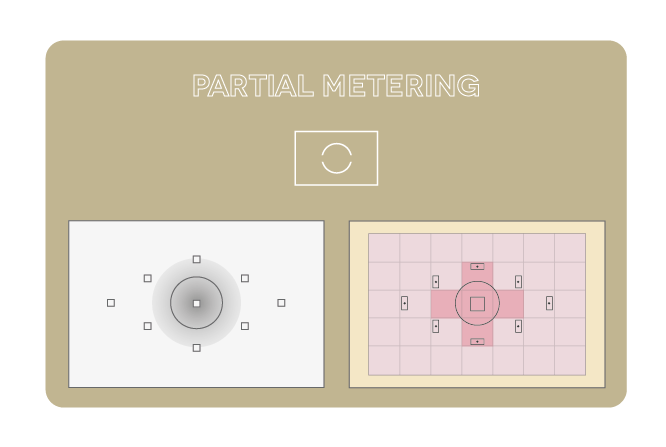
Partial metering is similar to spot metering, but takes light from a larger area around the same circular area. Where spot metering uses just 1-5% of the total scene, partial metering uses up to 15%. This mode is generally the half way point between centre-weighted metering and spot metering, allowing you to get a better exposure reading when the edges of your subject could skew the exposure (such as a backlit portrait).
Best for: Partial metering is ideal for situations where a background is far brighter than the subject and the subject is fairly close, such as portraiture.
On exposure compensation
Regardless of your metering mode, exposure compensation is vital. Remember: a camera can only measure reflected light, so it can often make mistakes. Some scenes, like brightly lit snowscapes that involve lots of white skew reflections, almost always come out under-exposed. Therefore, these scenes typically need at least a single stop of exposure compensation.
- By Matthew Ward
- 31 Mar 2017


